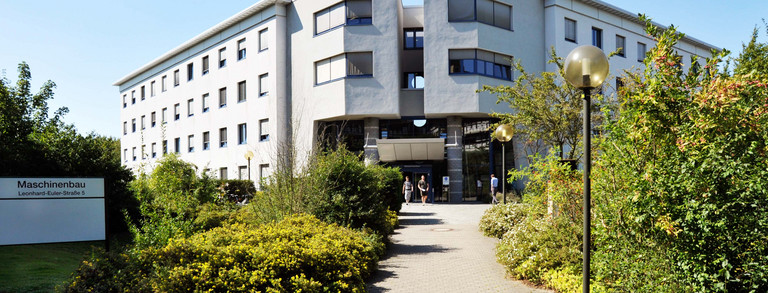Upcoming 3rd Project Meeting in smartMTQM shows new developments for simple risk assessment in manual assembly processes

The Aim of the Research Project is to simplify the MTQM process by developing a simplified screening tool. This should enable manufacturing companies, especially small and medium-sized enterprises (SMEs), to quickly and easily determine the risk of human error in manual assembly. The current state of development of this screening tool will be presented to the interested public at the 3rd meeting of the .
To kick off the meeting, participants will be given a practical insight into current assembly processes at the Remscheid site of Vaillant Deutschland GmbH during a tour of the plant. This offers the opportunity to familiarise themselves with the challenges of manual assembly and to experience the relevance of the project first-hand.
The project team will then present the progress made so far, in particular the development of standardised questionnaires to identify potential sources of error (PSFs). These question sets make the MTQM methodology more accessible and support the analysis of human reliability in assembly.
Another key item on the agenda is a workshop on the concept of a software tool for applying the smartMTQM methodology. This is intended to make it easier for manufacturing companies to use by efficiently recording risks in assembly and visualising error-prone process steps at an early stage so that targeted improvement measures can be introduced.
In addition, a supplementary tool will be presented as part of a keynote speech. This tool uses motion capturing and artificial intelligence to analyse manual motion sequences in a human-centric way. The approach offers new possibilities for error prediction and shows innovative ways in which companies can further strengthen human reliability in assembly.
Finally, the transfer of results will be discussed. In addition to publication at scientific conferences, a project homepage is also planned to provide access to the latest developments and results of the smartMTQM project.
The meeting offers valuable insights into the next steps for optimising the MTQM approach and promotes the exchange between the project partners for the successful implementation of the screening tool.


